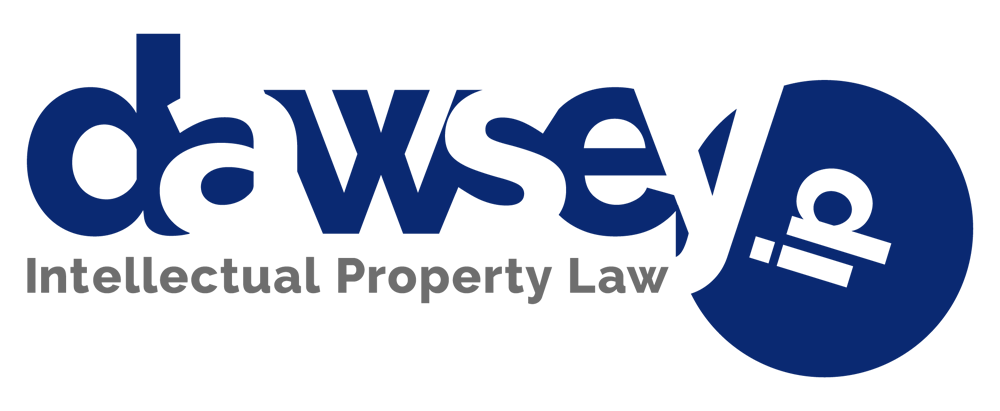
Foreign Patent Protection
© 2002, Dawsey Co., LPA
July 2002
Many inventors incorrectly believe that applying for a U.S. patent protects their invention throughout the world. In fact, a patent that issues from the U.S. Patent & Trademark Office (USPTO) only provides protection within the borders of the U.S., with some limited exceptions. Therefore, if an inventor desires patent protection outside the U.S., as is usually the case with successful inventions, they must apply for patent protection outside of this country. While there are four generally recognized routes to follow in achieving foreign patent protection, this article will focus on the most common route, which is the Patent Cooperation Treaty (PCT).
U.S. citizens applying for patents with the USPTO are often entitled to certain international priority rights pursuant to numerous international treaties. One such treaty that has been in force since 1978 is the PCT. The PCT established a centralized system of filing and searching a single “international” application when an applicant is seeking patent protection in PCT member countries. Currently over 100 countries are members of the PCT. The primary goal of the PCT is to simplify the process of filing foreign patent applications and reduce duplicative efforts. It is important to note that the PCT does not restrict applicants from directly filing applications with the patent offices of foreign countries.
The first step in the PCT process is referred to as “Chapter I” and includes the filing of an international application with a receiving office under the provisions of the PCT, thus establishing an effective filing date. International applications stemming from U.S. patent applications generally elect the USPTO as the receiving office. This first step may take place when the U.S. application is filed, but it must be completed within 12 months of the filing date of the U.S. application. In this instance, the PCT application requests the priority date of the original U.S. application. It is important to note that if the 12-month period lapses, priority dates may be lost, or worse, foreign filing may be prohibited.
Generally the filing of an international application requires that the associated U.S. application be reformatted to meet the PCT requirements and numerous PCT forms, collectively known as a Request, must be completed. In this Request the applicant must make a “designation of states.” The designation of states requires the selection of PCT Contracting States in which protection is desired. At this stage most applicants designate all of the PCT participating countries because the filing fee associated with designating all the countries is the same as that charged for designating only five countries.
Approximately 16 months from the priority date, a PCT search report is issued from the International Searching Authority. The PCT application is published 18 months after the priority date.
Now the applicant may either (i) request preliminary examination prior to the expiration of 19 months from the priority date, or (ii) supply each designated state with a translated copy of the international application prior to the expiration of 20 months from the priority date and enter the “national stage” of each designated country.
Typically, applicants will request preliminary examination prior to the 19-month deadline because entry into the national stage of the designated countries may then be postponed until the expiration of 30 months from the priority date, rather than the 20 months mentioned above. This extra 10 months allows applicants additional time to evaluate whether it is worth the costly process of entering various national stages. Additionally, the applicant will often know whether the U.S. application is likely to result in an issued patent by the time the 30-month deadline expires.
Once the applicant makes this “Demand” for an international preliminary examination of the PCT application it enters Chapter II of the PCT process. The designated International Preliminary Authority then examines the application and issues a report, called a Notification, within 28 months from the priority date. Applicants must then decide, prior to the 30-month deadline, whether they want to proceed to the “national phase.” The PCT’s role in the international patent application process terminates at the end of this 30-month period. During the “national phase” each designated country examines the application and the Notification, and a prosecution period, similar to that associated with U.S. applications, begins.
It should be evident that the process of foreign patent protection is complex and should be handled by a patent attorney. However, there are a few important points that each inventor should commit to memory. First, to preserve foreign filing rights and priority dates, one should file an international application in accordance with PCT requirements within 12 months of filing a U.S. application. Second, the relatively inexpensive process of filing an international application preserves the right to file national stage applications in the over 100 foreign countries that are PCT members. Lastly, filing an international application and the associated requests and demands may allow an applicant up to 30 months before filing the more costly national stage applications.
